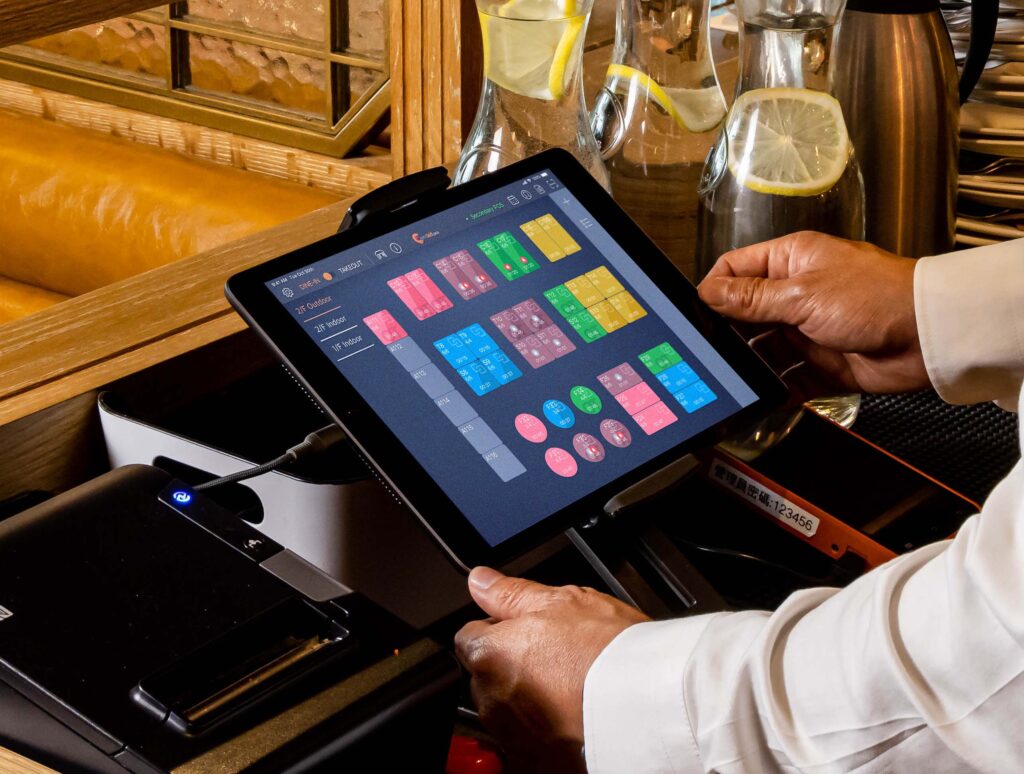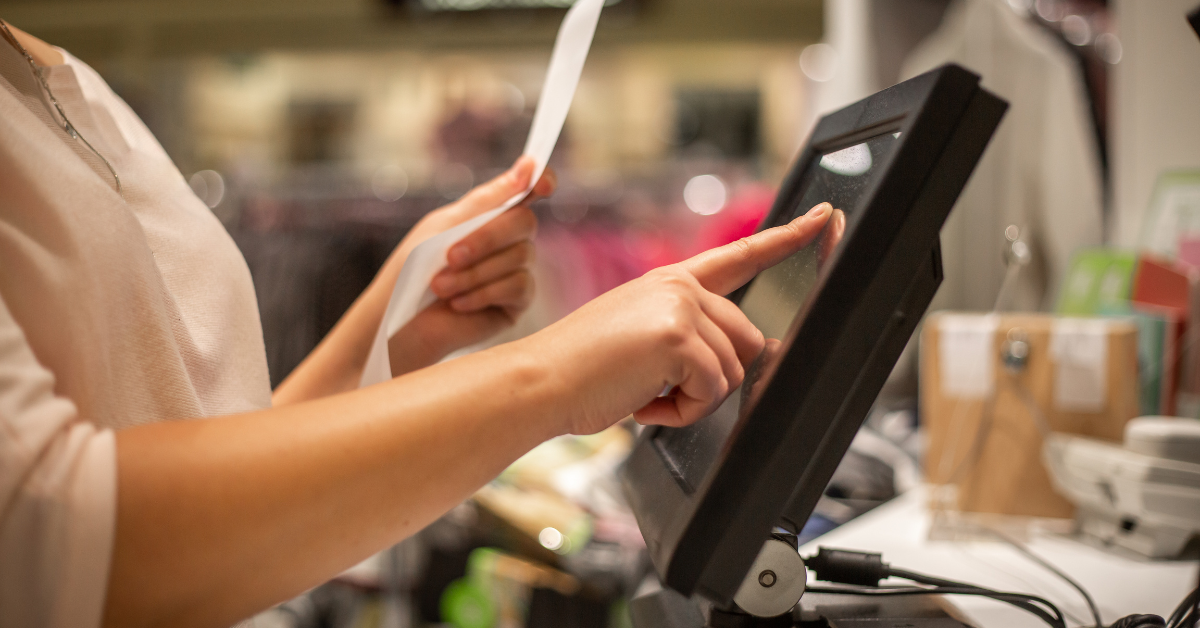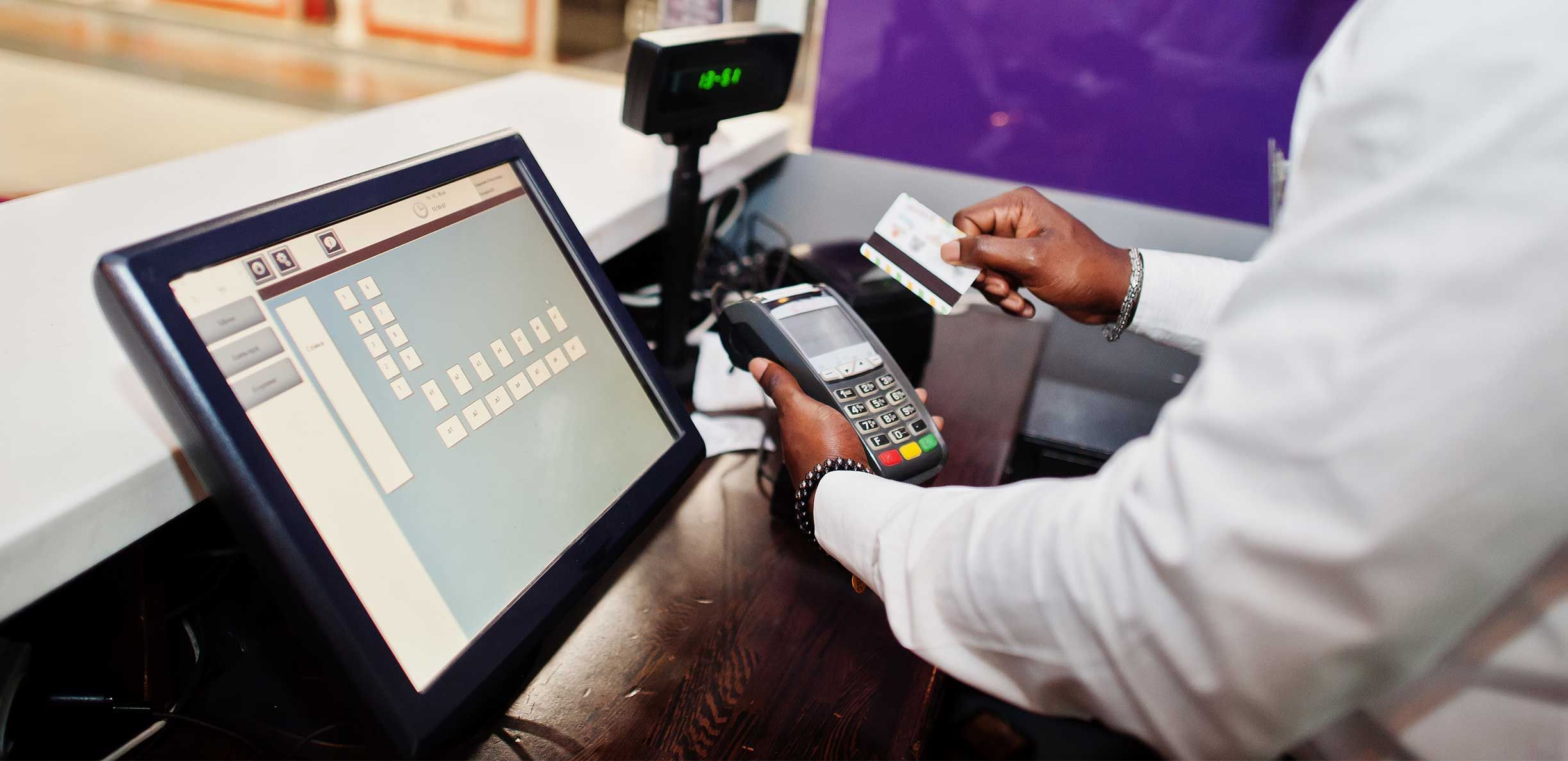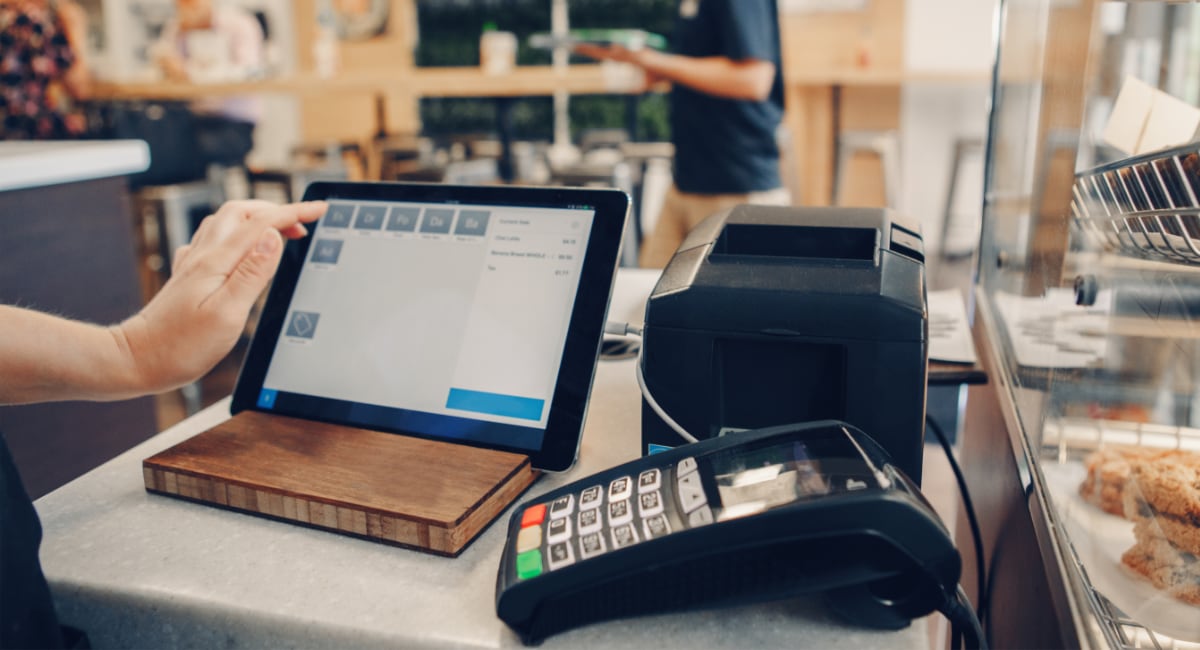How to Use POS Insights to Improve Your Cafe Menu

Running a café isn’t just about serving great coffee and pastries — it’s about understanding what your customers truly want. In today’s data-driven world, your Point of Sale (POS) system can be much more than a tool for processing transactions. With the right insights, it becomes a valuable source of information that helps you fine-tune your menu, reduce waste, and maximize profits.
1. Understanding What Sells — and What Doesn’t
Your POS system automatically records every transaction, creating a rich database of sales data. By reviewing this data regularly, you can identify your best-selling and least popular items. For example, if cappuccinos outsell lattes three to one, you might feature cappuccinos more prominently on your menu or run promotions on complementary items like croissants.
On the other hand, items that rarely sell could be reconsidered or removed. Every dish or drink that stays on your menu takes up inventory space, prep time, and staff attention. By eliminating low-performing items, you free up resources to focus on what customers actually love.
2. Tracking Seasonal Trends
A good POS system can also help you track sales trends over time. Maybe iced drinks spike in the summer while soup sales rise in winter. These insights allow you to plan seasonal menus that meet customer demand and reduce waste.
You can even analyze data by day or time of day. If smoothies sell better in the morning and desserts peak in the afternoon, you can adjust your display or suggest pairings accordingly. Over time, these small adjustments lead to higher customer satisfaction and increased revenue.
3. Identifying Profit Margins per Item
Not all popular items are equally profitable. Your POS reports can show not only which items sell best but also which bring in the most profit after accounting for ingredient and preparation costs.
For example, a gourmet sandwich might cost more to make than a muffin, even if it sells for a higher price. By comparing sales data with cost reports, you can identify “high-profit heroes” — items that are both popular and profitable. You can then promote these more aggressively, perhaps featuring them in combo deals or as menu highlights.
4. Improving Inventory Management
Overstocking perishable ingredients can lead to waste, while running out of key items can hurt customer satisfaction. POS data helps you strike the right balance. By analyzing sales frequency, you can forecast how much of each ingredient you’ll need in a given week or season.
Many modern POS systems integrate with inventory management tools, automatically updating stock levels as sales occur. This helps you maintain accurate records, prevent shortages, and plan timely restocks — all of which save money and improve efficiency.
5. Enhancing Customer Experience Through Personalization
Your POS system doesn’t just collect sales data — it can also track customer preferences. If your café has a loyalty program or customer profiles, you can see what regulars order most often.
This opens opportunities for personalization: you might send email offers on their favorite drink or introduce a new menu item similar to their past choices. Personalized promotions make customers feel valued and encourage repeat visits.
6. Testing New Menu Items with Real Data
When introducing a new drink or dish, use your POS system to track its performance over time. Monitor not only sales volume but also how it affects the performance of other menu items. Does your new chai latte increase overall tea sales, or does it replace an existing product?
By relying on POS insights rather than guesswork, you can make smarter menu decisions backed by real evidence.
Conclusion
Your POS system is one of the most powerful tools you have for menu improvement and business growth. By analyzing sales data, tracking trends, managing inventory, and personalizing customer experiences, you can create a menu that’s not just appealing — but optimized for profitability.
With regular POS analysis, your café can evolve alongside customer preferences, ensuring every item on your menu earns its place — and keeps your business brewing success.






